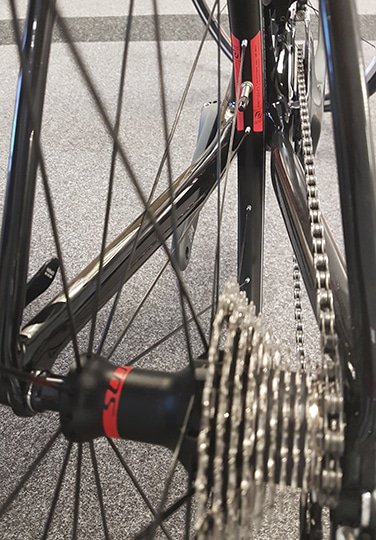6 Gearing Mistakes You’re Probably Making
Gears can help you ride up unclimbable climbs, bomb descents, and crush flats - but used incorrectly, they'll get you into a world of trouble.
Do your back and knees ache after climbs? Are you constantly getting dropped by riders of equal strength? Does your bike mechanic whistle softly when she examines your drivetrain? If any of this sounds familiar, you may be doing the whole gearing thing wrong.
Related: Start your cycling journey right with The Beginners Guide To Cycling
See, back in the day, bikes only had a few gears (or only one!), which made cycling pretty difficult, considering every ride was uphill both ways. But these days we have tons and tons of gearing options to choose from. Unfortunately, that doesn’t mean we always use them to their full potential.
“It’s second-nature to me now, but when I ride with new riders it’s always like, oh, use your gears!” says Meredith Miller, a retired pro road and cyclocross racer.
Mastering the perfectly tuned shift, she says, is crucial to becoming a better rider. This is because cycling, at its core, is about efficiency: The more streamlined your pedal stroke, the faster your bike will spin down the road. Using the best gear for every situation improves efficiency dramatically.
If you want to save your back, your knees, your energy, and your mechanic’s sanity, make sure you aren’t committing any of these six gearing sins.
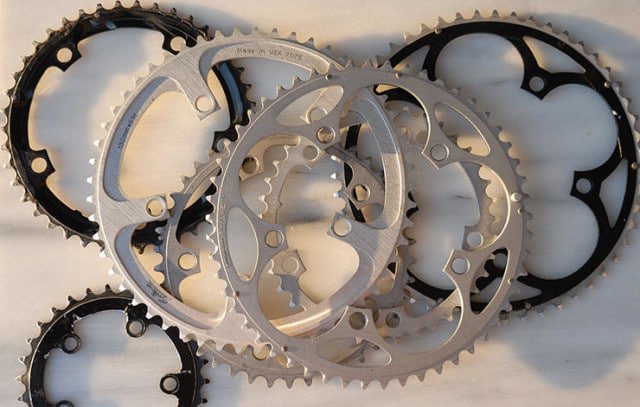
Thinking Compacts Are For Ninnies
This assumption needs to crawl back into the hole it came out of. A compact crank is a beautiful thing. “I train and race on one,” says Clayton Feldman, a coach for Carmichael Training Systems. Miller does, too—in fact she spent almost her entire pro career racing on one.
The thing about a compact crank is that your front chainrings are smaller. However, by pairing a compact crank with a smaller-toothed cassette on the back (say an 11-27 versus a 12-28), you can get almost as many gear inches out of your giant downhill gear as you’d get with a ‘regular’ crank. Plus, you have way more flexibility while climbing hills.
“I was doing a ride on a bike that wasn’t mine, and it didn’t have compact gearing and at the end I was like, I would really like my compact gearing back,” says Miller. If it’s good enough for her, it’s good enough for the rest of us mortals.
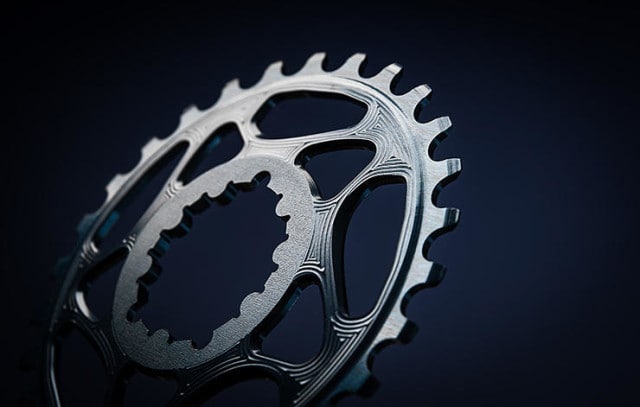
Thinking Pushing A Bigger Gear Equals More Power
You often see new cyclists cranking down the road in their biggest possible gear option. (“I have to pedal fewer times, so it’s more efficient” were the exact words this writer heard from her just-entering-the-sport husband.) The problem is turning over a mud-heavy gear is a lot of work. “You’re just wasting yourself,” says Miller. After an hour, your quads will throw in the towel while the rest of the group ride spins on.
The perfect place to ride is where you can turn over your pedals at 80rpm or greater, says Feldman. If you’re on a hill, that might drop as low as 60rpm, but if you’re falling below that, you need to shift into an easier gear. If you’re out of gears, you need a cassette with more options.
RELATED: Get To Know Your Drivetrain
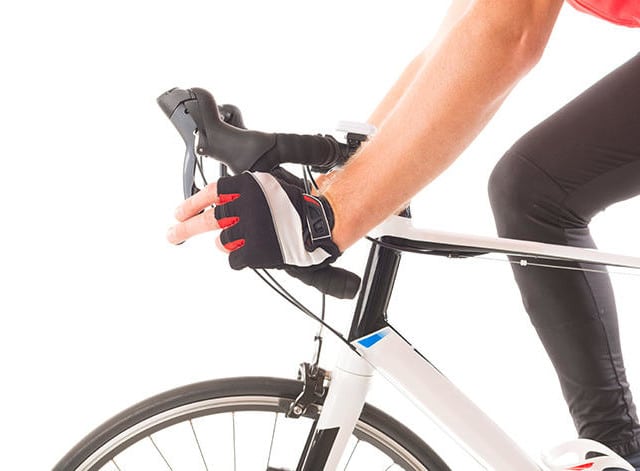
Shifting Too Late, If At All
This is especially important in mountain biking, where terrain changes instantly. If you’re in too big a gear when a log or steep bank hits, game over.
Both Miller and Feldman say that the number-one mistake beginners make is waiting until they’re pedaling at a snail’s pace to shift. Don’t wait! There’s no penalty for using your gears—in fact, you paid for them, so you might as well get your money’s worth.
On uphills, shift as soon as you feel resistance pushing back against your feet. When mountain biking, give yourself at least a few pedal strokes before an obstacle or a climb to get into the right gear. And it’s totally okay to sweep from one side of the cassette to another in just a few pedal strokes—modern bikes are set up to handle rapid-fire shifting.
RELATED: 5 Ways You’re Wrecking Your Drivetrain
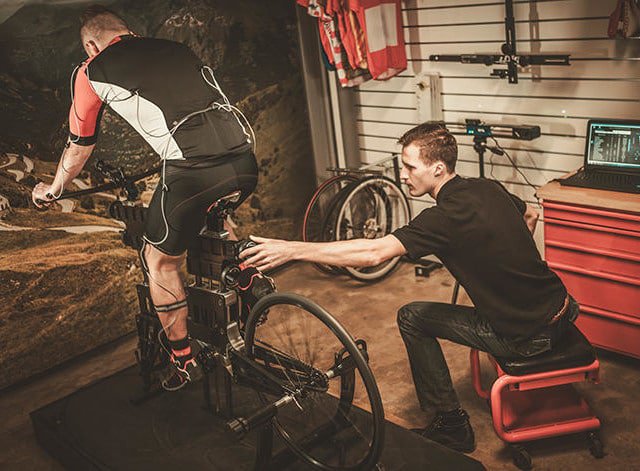
Thinking Knee/Back Pain Is Always A Bike Fit Problem
It may be—but it also could be a sign you’ve been mashing a massive gear.
Miller says if she’s not careful about keeping her cadence high, she winds up with a sore back. That’s fairly common, as is knee pain, since you’re bracing against the pedals.
If you’re regularly finishing your rides with aches, try increasing your cadence and using smaller gears. If that doesn’t work, consider having a professional bike fit done.
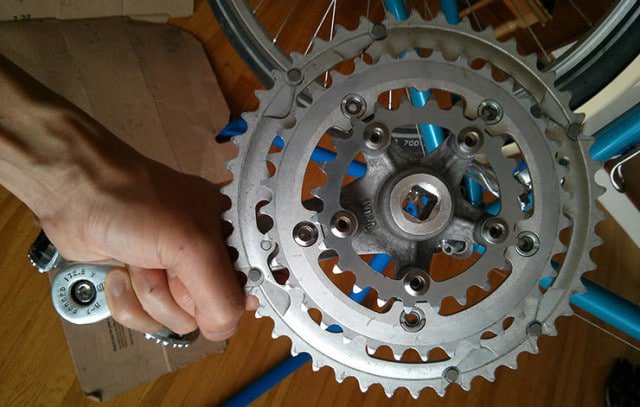
Thinking More Gears Is Always Better
In a lot of situations, this is true: Having a ton of gearing options means you’ll always have what you need. But sometimes—especially when mud is involved—more gears just makes things more complicated.
Miller uses a 1x drivetrain when she races ‘cross. “It just eliminates that whole front chainring miss-shift problem,” she says. And she’s got a large cassette on the back, which means she still has a wide gear range. In all her years of racing she says she’s never “run out of” gears.
RELATED: Tested: SRAM XX1 Eagle Drivetrain
Cross Chaining, Period
Cross-chaining is when you’re in your big chainring and the biggest cog on your back cassette, or on your small chainring and your smallest cog. The problem is that this stretches your chain diagonally to its limits, and needlessly so, since you could just shift to your other chainring and find a similar gear ratio. If you cross-chain enough, you risk seriously damaging your drivetrain.
“It is a real thing,” says Feldman. “In fact the research has shown it not only causes shifting issues, but it will also ‘cost’ you watts as well. So it is not as efficient and thus is to be avoided.” If you don’t care that much about watts, at least consider the sanity of the poor mechanic who’ll have to deal with your bike if your drivetrain goes to pieces.
READ MORE ON: hills injury-prevention Skills


